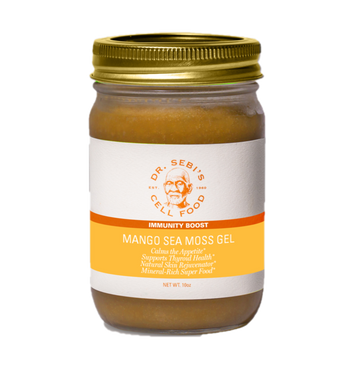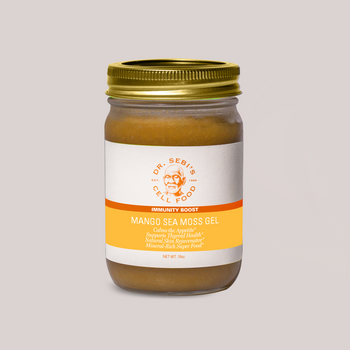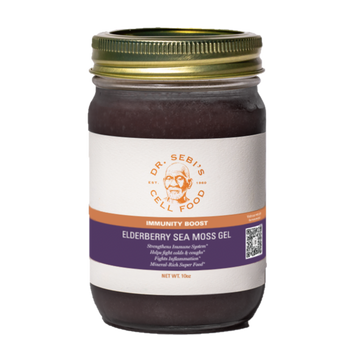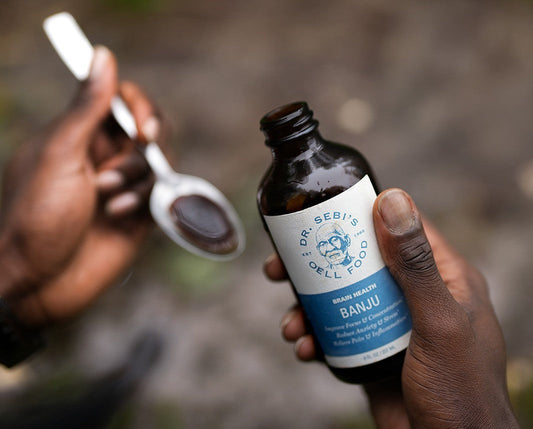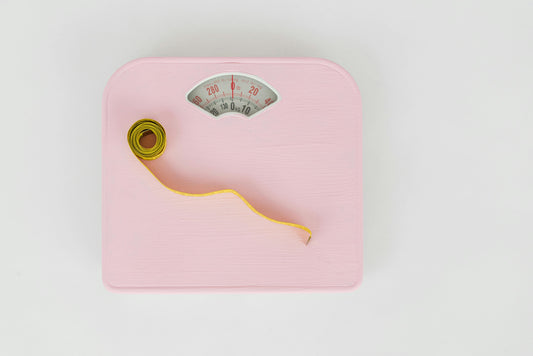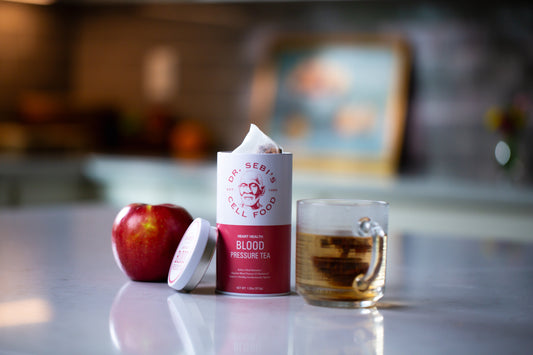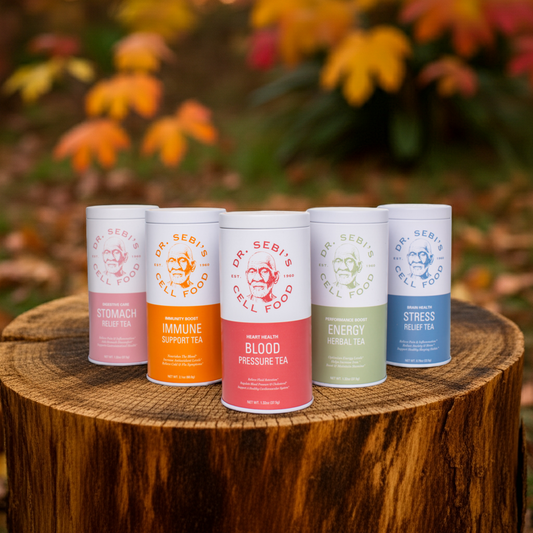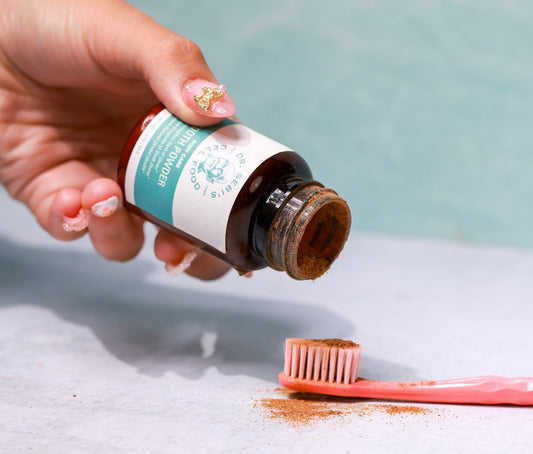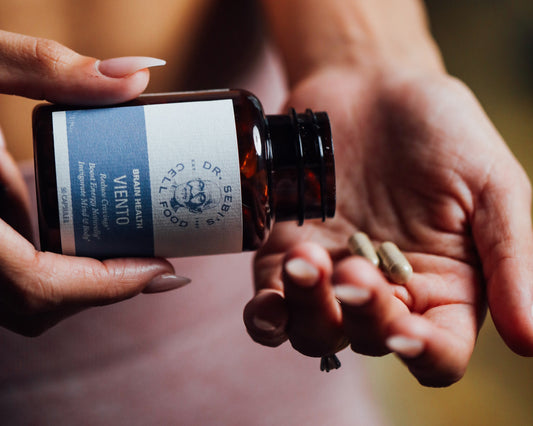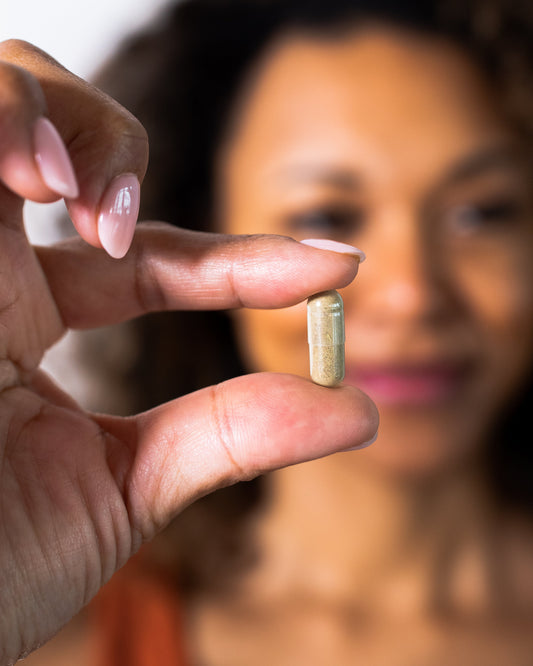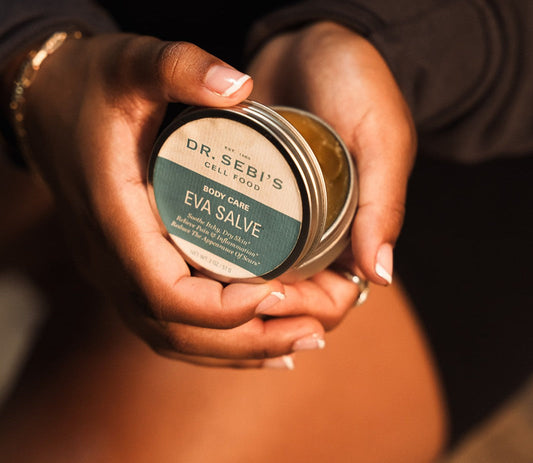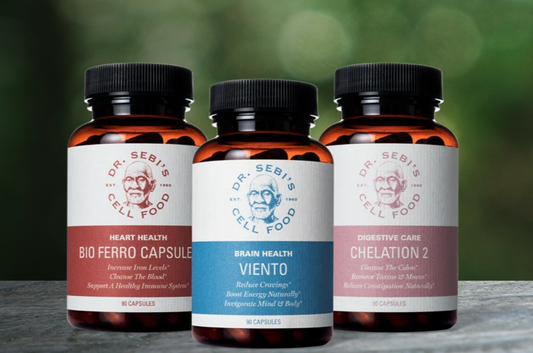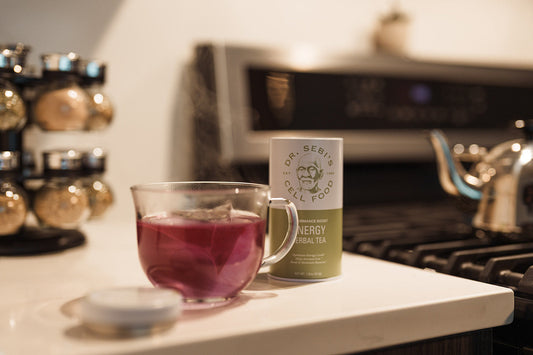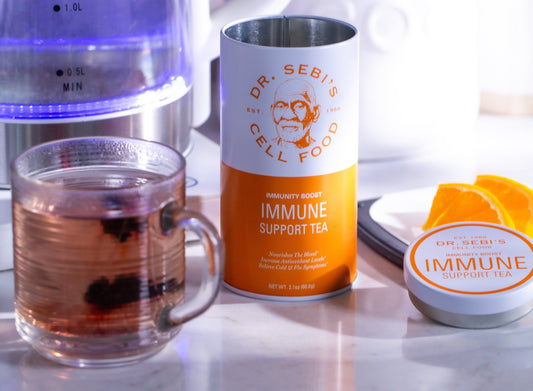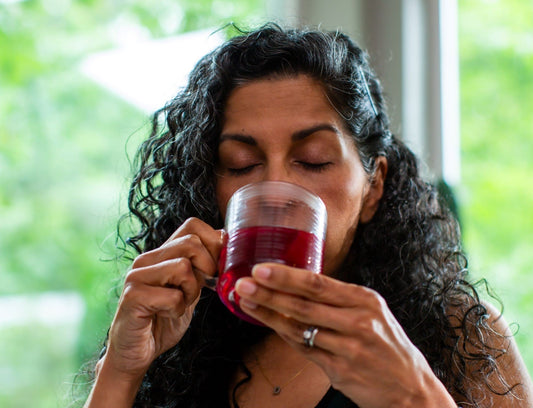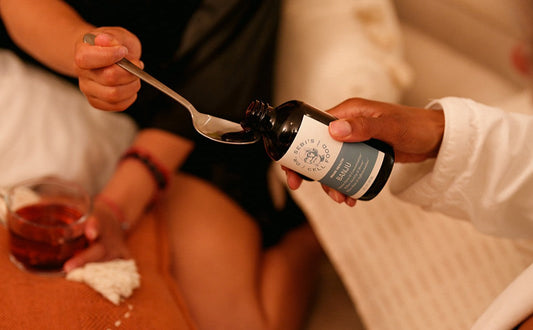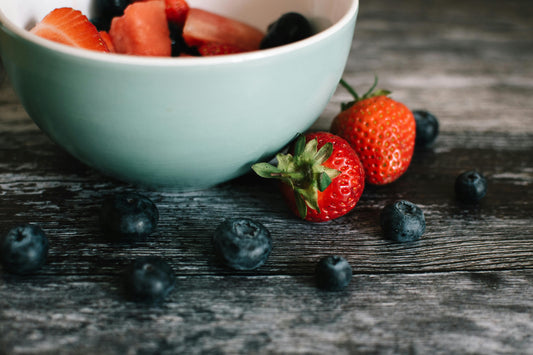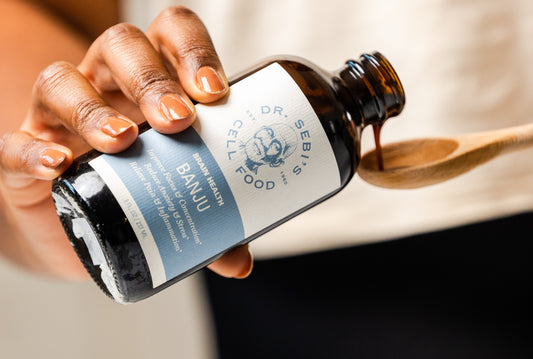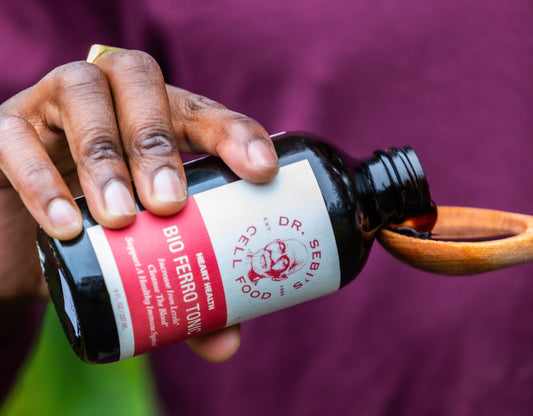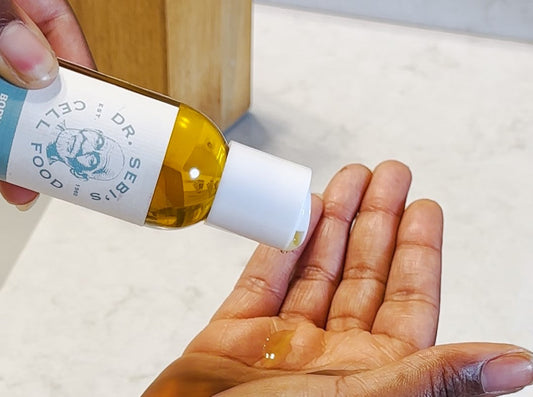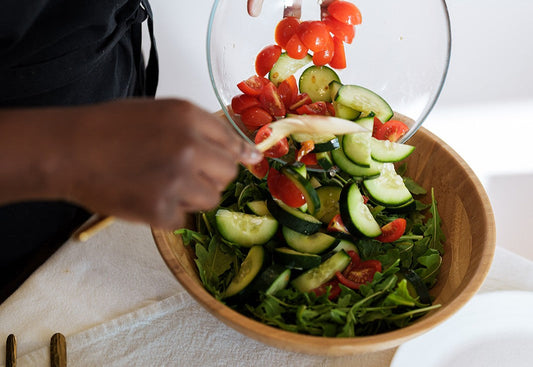Herbs have been used for centuries to nourish, heal, and maintain the body’s balance. In Dr. Sebi’s approach to wellness, herbs are not pharmaceutical substitutes but living foods—plants designed by nature to feed, cleanse, and restore the body on a cellular level.
Yet one of the most common questions people ask is: Which herbs are safe to take every day? Not all herbs are meant for long-term or daily use; some are potent detoxifiers that should be cycled. Others, however, are gentle tonics that can be part of daily nutrition—supporting digestion, circulation, immunity, and emotional wellbeing.
This article outlines the safest herbs for daily use, how they work, and how to incorporate them into your alkaline lifestyle.
Understanding Herbal Safety
Herbs fall into three broad categories:
-
Tonic Herbs – Nourishing and balancing; safe for regular use (e.g., burdock, chamomile, ginger).
-
Cleansing Herbs – Detoxifying; best used in short cycles (e.g., cascara sagrada, chaparral).
-
Targeted or Medicinal Herbs – Used for specific conditions or acute healing (e.g., strong diuretics or laxatives).
Daily herbs should come from the first category: gentle tonics that maintain equilibrium without overstimulating any system.
Why Daily Herbs Matter
-
Consistency builds resilience. Herbs work cumulatively, gently conditioning the body.
-
Preventive maintenance. Regular use keeps waste from accumulating and supports organ function.
-
Mineral nourishment. Many tonic herbs are rich in iron, magnesium, and silica.
-
Stress reduction. Calming herbs regulate the nervous system, improving emotional balance.
Dr. Sebi often compared daily herbal use to brushing your teeth—an essential act of maintenance rather than a remedy for crisis.
Safest Herbs for Daily Use (Aligned with Dr. Sebi’s Nutritional Guide)
1. Burdock Root
Key Benefits:
-
Purifies the blood and supports the liver.
-
Rich in iron, magnesium, and trace minerals.
-
Aids skin, hair, and overall energy.
How to Use:
-
Brew as tea (1 tsp root per cup) once or twice daily.
-
Add to soups or infusions for gentle daily cleansing.
Burdock root is foundational in Dr. Sebi’s herbal formulas for its ability to feed the cells while removing waste.
2. Chamomile
Key Benefits:
-
Calms the nervous system.
-
Eases digestion and promotes restful sleep.
-
Reduces inflammation throughout the body.
How to Use:
-
Drink as tea in the evening or after meals.
-
Use as a mild compress for skin irritation or tired eyes.
Chamomile is one of the gentlest herbs, ideal for daily relaxation and emotional balance.
3. Tila (Linden Flower)
Key Benefits:
-
Supports relaxation and heart health.
-
Eases anxiety and tension.
-
Helps regulate blood pressure naturally.
How to Use:
-
Brew as tea daily or alternate with chamomile.
-
Combine with elderberry or ginger for a balanced tonic.
Tila harmonizes the nervous system and circulatory system—two of the most affected by stress.
4. Ginger
Key Benefits:
-
Stimulates digestion and circulation.
-
Reduces inflammation and supports immunity.
-
Warms the body and enhances nutrient absorption.
How to Use:
-
Add fresh ginger slices to teas, soups, or warm water with key lime.
-
Use daily in moderation (¼–½ inch root steeped).
Ginger is safe for everyday use, especially in cooler climates or for those with sluggish digestion.
5. Elderberry
Key Benefits:
-
Boosts immune function.
-
Reduces mucus and protects against colds and viruses.
-
Rich in antioxidants and minerals.
How to Use:
-
Enjoy as tea, syrup, or infusion (safe in moderate daily doses).
-
Pairs well with burdock or tila.
Elderberry is a core immune tonic in Dr. Sebi-inspired regimens—gentle, effective, and safe for long-term use.
6. Dandelion (Leaf and Root)
Key Benefits:
-
Supports liver detoxification and digestion.
-
Diuretic action removes excess fluids and waste.
-
Rich in calcium, iron, and potassium.
How to Use:
-
Leaf tea for daily mineral support.
-
Root decoction several times per week for deeper cleansing.
Dandelion is safe for most people when balanced with hydration. Its mineral content makes it a true food as much as an herb. You can eat it or enjoy as a tea.
7. Watercress
Key Benefits:
-
High in chlorophyll and natural iron.
-
Supports respiratory health and oxygenation.
-
Gently cleansing and mineralizing.
How to Use:
-
Eat fresh in salads or juices.
-
Add to soups or smoothies.
Watercress is technically a food herb—a daily edible that purifies and rebuilds at once.
8. Sea Moss (Irish Moss)
Key Benefits:
-
Provides 90+ minerals needed by the body.
-
Soothes mucous membranes and supports thyroid health.
-
Enhances hydration and cellular repair.
How to Use:
-
Blend 1–2 Tbsp gel into smoothies or teas daily.
-
Combine with bladderwrack for full mineral support.
Though not an “herb” in the traditional sense, sea moss is one of the most complete daily compounds in Dr. Sebi’s framework.
Combining Daily Herbs: Simple Tonic Blends
Morning Cleansing Blend
-
Burdock + Ginger + Elderberry
→ Stimulates circulation, purifies blood, and strengthens immunity.
Afternoon Balance Blend
-
Dandelion + Watercress
→ Enhances digestion and replenishes minerals.
Evening Relaxation Blend
-
Chamomile + Tila
→ Calms nerves, aids sleep, and restores the nervous system.
Tips for Safe Daily Herbal Use
-
Start Simple – Begin with one or two herbs at a time to observe your body’s response.
-
Rotate Occasionally – Every few weeks, alternate herbs to maintain balance and prevent over-reliance.
-
Stay Hydrated – Herbs mobilize waste; water ensures proper elimination.
-
Avoid Excessive Doses – More isn’t better; tonic herbs work gradually.
-
Listen to the Body – If you experience discomfort, reduce or pause use.
Herbs to Use Occasionally (Not Daily)
While many herbs are safe daily, some are best used sparingly due to their strength:
-
Cascara sagrada – Strong laxative; short-term use only.
-
Chaparral – Potent detoxifier; not for prolonged use.
-
Sarsaparilla – Excellent cleanser but best cycled.
Daily Herbal Nutrition vs. Medicinal Treatment
Dr. Sebi emphasized that herbs should primarily feed the body, not just treat disease. Medicinal herbs can target specific organs or imbalances, but the daily tonics are about maintenance and prevention.
He often said that disease begins when the body’s internal environment becomes acidic and mineral-deficient. Daily herbs keep the terrain clean and nourished, preventing disease before it manifests.
FAQs
Q: Can I mix several herbs together daily?
A: Yes. Tonic herbs like burdock, chamomile, and ginger can safely be combined. Keep ratios moderate and adjust to taste.
Q: Can children or elders take these herbs?
A: Yes, in lighter doses. Chamomile, tila, and elderberry are particularly safe.
Q: Can I take herbs alongside medications?
A: Many tonic herbs are gentle, but always consult a professional if you’re on prescription drugs.
Q: How long before I notice benefits?
A: Within days, many feel more energy and calmness. Deeper changes, like improved digestion and skin clarity, appear over weeks of consistent use.
Dr. Sebi’s Perspective
Dr. Sebi viewed herbs not as “alternative medicine” but as nature’s food for the cells. He believed the consistent daily use of mild herbs was the foundation of health, while stronger herbs were for targeted cleansing cycles.
He often recommended combinations like burdock, elderberry, and dandelion for ongoing purification, and valerian or tila for emotional balance. His guiding principle was simplicity: use nature daily, and disease cannot thrive.
Conclusion
The safest herbs for daily use are those that nourish, cleanse gently, and harmonize the body’s natural systems. Burdock root, chamomile, tila, ginger, elderberry, dandelion, watercress, and sea moss are all daily allies that feed the blood, calm the nerves, and maintain balance.
Incorporating these into teas, infusions, or meals can transform health—not through drastic measures, but through consistent alignment with nature.
As Dr. Sebi taught, healing isn’t an event; it’s a lifestyle. By embracing daily herbal nourishment, we don’t just prevent disease—we cultivate vitality, clarity, and peace every single day.

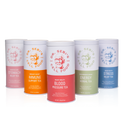
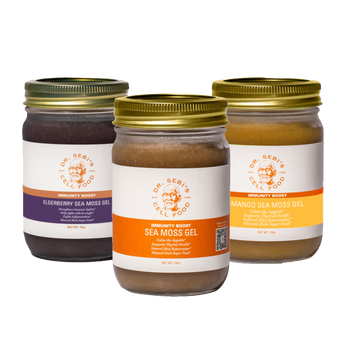
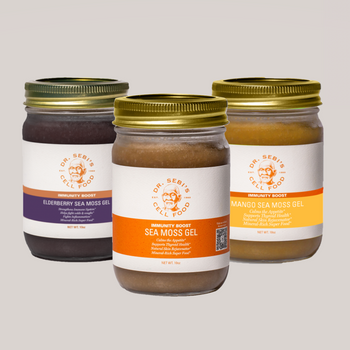
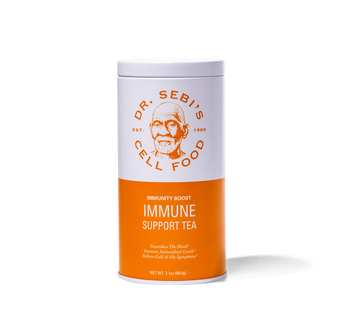
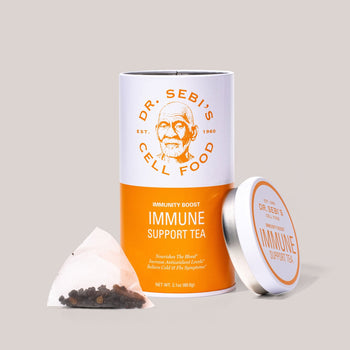


 Liquid error (snippets/card-product line 54): invalid url input
Liquid error (snippets/card-product line 54): invalid url input
